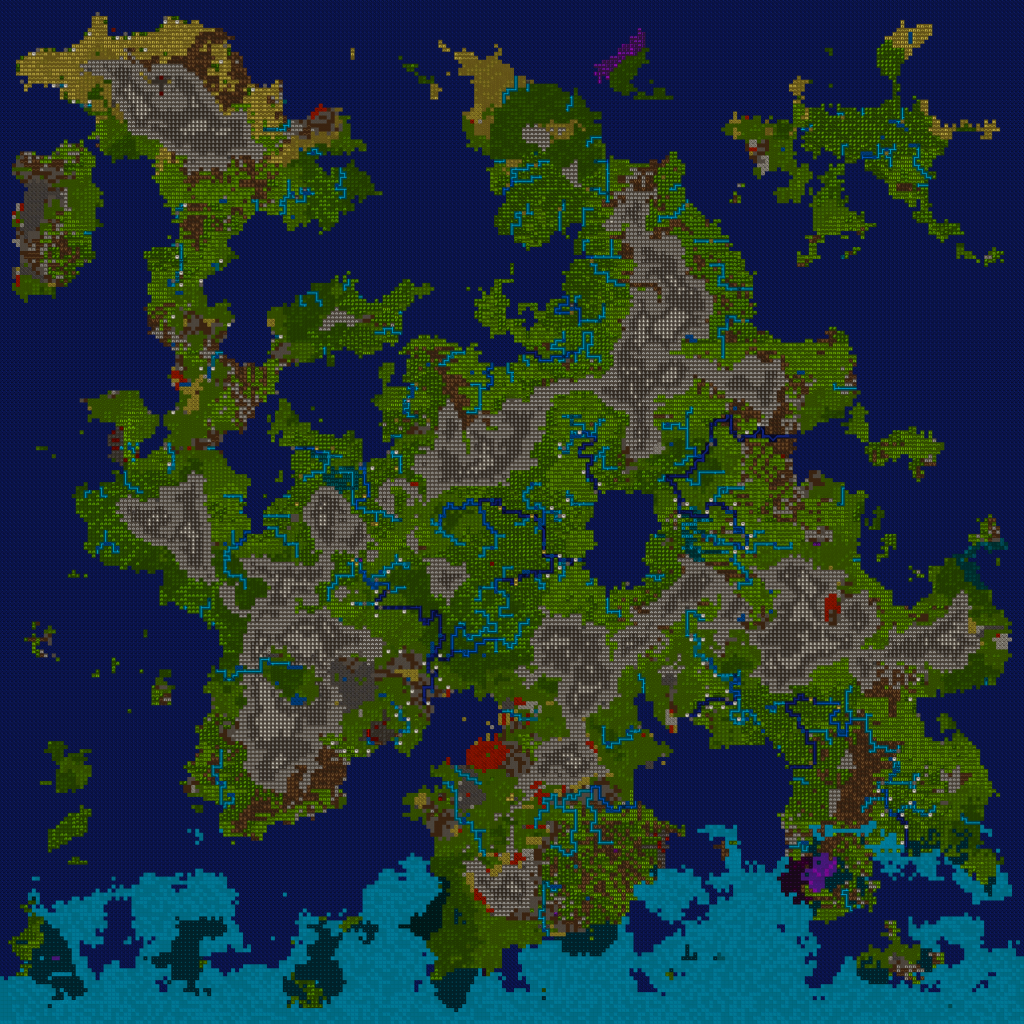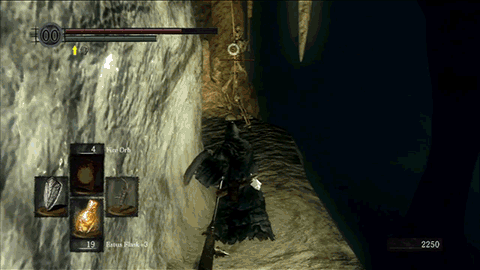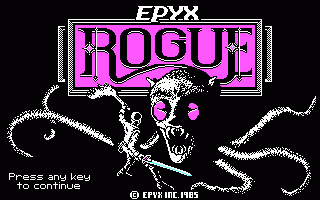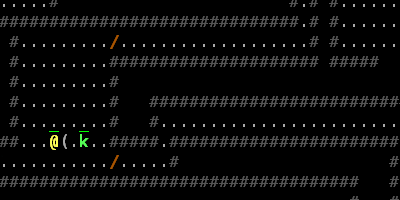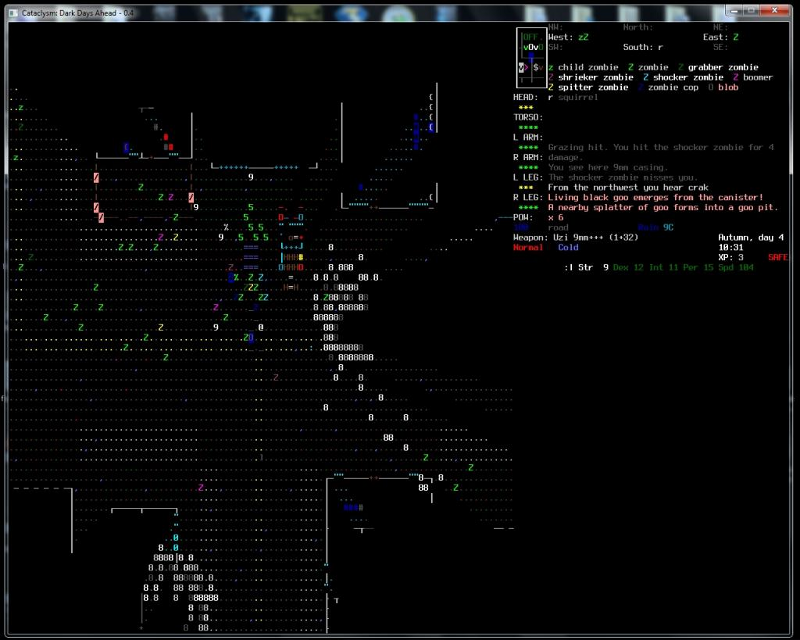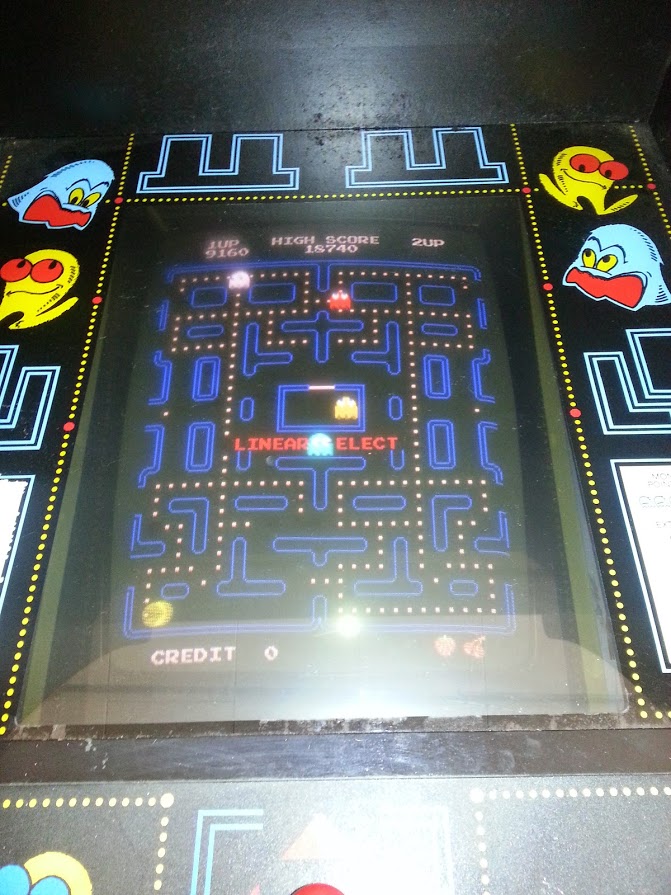If you keep up with the relevant scene, you may be aware that a Pokemon fan game, known as Pokemon Uranium, was released a few days ago. Desiring something to tide me over until Pokemon Sun arrives I decided I would give it a try, and I have to say it’s an impressive effort so far (though I’m only a couple of hours in), even if a few tweaks and bug fixes are possibly still needed. In any event it has caused me to think about the phenomenon of fan games and their place in the industry, and I’d be very interested to hear what any of you think about them, or about any particular ones.
Fan games are, if you’re unfamiliar, the equivalent of fanfiction; a game, made by fans, that usually serves to expand or build on a particular game or setting, although some are efforts at precise cloning, perhaps on different hardware. Though they do share similarities with modding in that they are non-professional content, fan games tend to be a level above those in terms of effort required to make them. We can see this demonstrated well by the fact Pokemon Uranium took nine years to reach 1.0; it is simply a vast undertaking for a team of volunteers, no matter how dedicated. They’re also typically limited to the PC scene thanks to the ease of distribution and prohibitively expensive console licensing fees.
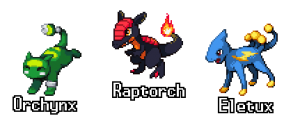
They also often run afoul of legal issues. As they are by definition unlicensed products based on existing IPs, it is hardly surprising that the law would be on the side of publishers who wish to stop their release. Even so these decisions can be reversed, fan games can be given some degree of sanction, and in practice any program is essentially impossible to remove from the Internet once it gets out into the wild. As a foremost example, Streets of Rage Remake is a fan game that faithfully recreated the Streets of Rage series into a single game on the PC; it was quashed by SEGA within a week of release. It is also trivial to get a hold of it. These issues have become even more pressing as companies release compatible versions of classics on platforms like Steam, and what was once unlikely to ever influence the bottom line might now be quite validly considered a threat. Still, the legal issues are what they are, and are likely to remain as they are for some time to come. Fans will continue to make games and companies will continue to pursue whatever response they feel best.
It is remarkable how complete and deep some of these fan games are, though, and were I a company I would certainly be interested in looking at some of the creators of these things to see if some talent can be picked up. Streets of Rage Remake was a deeply faithful reproduction of the original series. The Sonic Before/After the Sequel games are so good they stack up against the actual originals. And Pokemon Uranium not only has a considerable number of original pokemon to catch, but also a new type and, most incredibly, integrated online features such as Wonder Trade and GTS, and the proper integration of challenges like the popular Nuzlocke run, to make keeping to the rules easier.
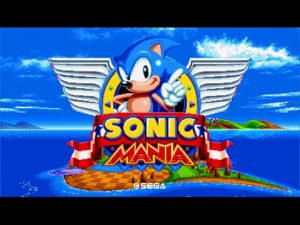
To be sure, many of these projects are close to, or even at, the level of quality expected from professional productions. As an expression of gamer fandom and of a desire to expand the universes we play in for others to enjoy as well, it is a wonderful little segment of the industry. In a setting where some games have budgets in the tens of millions it’s amazing that these amateur, homebrew projects come into being at all, let alone see completion in highly enjoyable forms. I am eager to see what the future holds for such games, so please let us know in the comments what your favorite fan games are and which you might be looking forward to.

